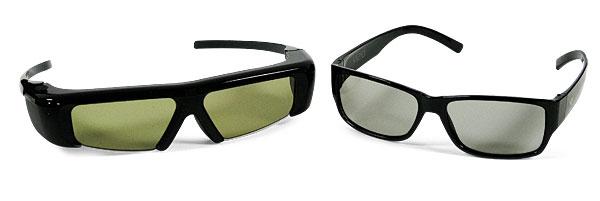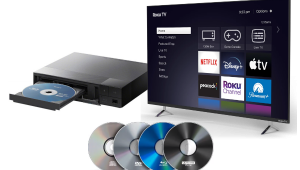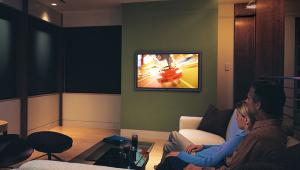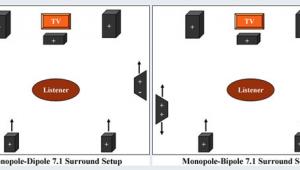For me, it's more a matter of health. For whatever reason, displays with a lot of flickering (CRT televisions, cheap DLP/LCD sets, early Plasmas, etc) give me migraines with just half an hour of viewing since my eyes can actually pick up the constant flickering of the display as it refreshes. With Active Shutter glasses, the problem becomes even more pronounced (odd, I know, since it's faster than standard 60Hz NTSC), and I quickly become sick with a massive headache and, at one point, almost threw up. Needless to say, neither of those reactions equate with an enjoyable 3D experience.
Passive panels, like the one used in the 3DS, or passive displays (such as cinemas or LG's 3D Cinema displays) don't give me any of those problems, and I find myself able to easily enjoy the picture for extended periods of time without fatigue or eye strain, provided the picture is also rather bright. Demoing some displays in Best Buy, I was also far more impressed with the 3D effect from the LG sets, than I was from offerings in the Active Shutter arena from Panasonic or Samsung. Resolution is a problem with passive displays, but hopefully we'll see this round of 4K panel innovation eliminate that by using the extra resolution available in 4K to display the entirety of both 1080p 3D frames simultaneously. Guess we'll see, eh?
Anyways, that's my "preference" I suppose.































































